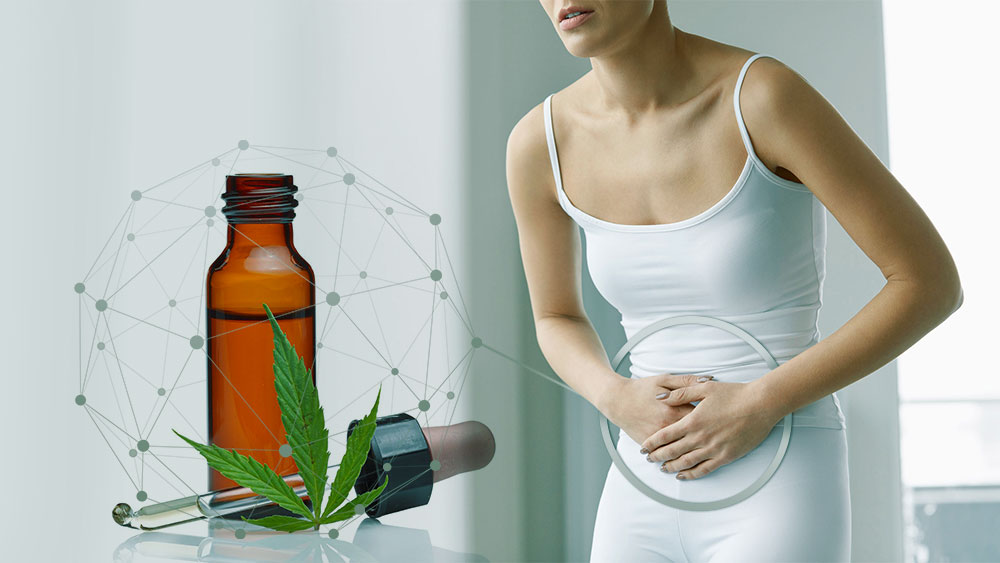Featured Products
-
CBD LIVING FREEZE
$30.00
CBD PRODUCTS

$30.00

Be Pain Free Global is a trusted natural medicine provider making a difference in people’s lives worldwide.
Our reviews and testimonies speak for themselves. We focus on providing the best medicine and customer care for our clients
Learn more about our support process, how you can contact us at BPFG, and how we are here to help you.
We have a 10-business day replacement policy, and we take all inquires very seriously. We are committed to quality products for you.
The Ultimate Cannabis And Health Education Platform Presented By Be Pain Free Global.
At BPFG, we work hard on collecting relevant videos for cannabis consumer education.
Just cannabis? No. We are all about consciousness, vision, proper nutrition, and holistic health.
We have compiled great resources to help understand the benefits of cannabis for your health.
Check out what’s smoking on our strains and terpenes list. Featuring best strains curated by our editor.
Indica's are known for their calming and sedating properties, usually leading to munchies, and sleep.
Sativa's are known for their ability to produce energetic feelings and creating a positive uplifting euphoria.
Hybrids are a very popular with cannabis consumers due to the initial uplift followed by relaxation.
Every case is different and requires individualized care. We have some great tips for doctor reccomendations.
Join our collective with a valid California medical recommendation to gain access today
Get the details on how our affiliate program works and how you can benefit by referring others
Become a Be Pain Free Affiliate and earn lifetime commissions for your referrals

We have learned a lot about the positive effects of cannabis in the human body over the past decade – or more accurately, we have relearned a lot – as knowledge of how cannabis can improve symptoms, side effects, and disease states has actually been around for thousands of years.
In the past, village herbalists, medicine women, and tribal healers used cannabis as one of the most widespread remedies. Earliest written records of gynecologic use of cannabis came from 4000 years ago in ancient Mesopotamia and Egypt. Subsequently its medicinal use spread throughout Asia and Africa, then Europe, and later the Americas. Archival medical texts from the 1800’s described cannabis use for a variety of gynecologic issues including aphrodisiac use, painful menstrual cramps, heavy menstrual bleeding, painful urination, PMS, painful intercourse, nausea during pregnancy, menopause, gonorrhea, and post-partum hemorrhage. Endocannabinoid imbalances today are associated with endometriosis, painful menstrual cramps, pain during sex, miscarriage, infertility, and ectopic pregnancies.
THC and CBD are two of the hundreds of cannabinoid compounds found in the cannabis plant with medicinal capabilities. They are considered phytocannabinoids as they come from a plant. The human body has naturally occurring cannabinoids, known as endocannabinoids, and a sophisticated endocannabinoid system best known for its effects on the central and peripheral nervous system. There are endocannabinoid receptors seen throughout the female reproductive tract, and they are known to affect reproductive health including menstrual health, fertility, pregnancy outcomes with neonatal implications, sexual health, and menopause. Let’s examine the current information around treating gynecologic pain.
Cannabis has been known to offer relief from PMS, PMDD, heavy painful periods, sleep problems, anxiety, and pain relief from menstrual cramping. The impact of using cannabis in a topical/suppository form can be positive, as the mucous membrane lining of the vagina readily absorbs medication. This is a much more direct route for pain relief related to menstruation. Topical cannabinoids mostly stay where they are applied, therefore lessening the possibility of intoxication and psychoactive effects.
Other sources of pelvic pain include endometriosis, pelvic floor pain, vulvodynia (chronic pain around the opening of the vagina, the vulva), interstitial cystitis (chronic inflammation and painful irritation of the bladder), fibromyalgia, and dyspareunia (painful intercourse). Vaginal suppositories are an efficient delivery method for cannabinoids, as 70% of the medication is absorbed from a vaginal suppository. This is in contrast with sublingual delivery, during which 40% of the medication is absorbed; inhalation, where 10-35% is absorbed; and ingestion (consuming edibles) where 4-12% is absorbed. The onset of medical effects begin in 15-20 minutes, and last 4-8 hours.
Two theorized mechanisms of action for this pain relief are desensitization of pain-perceiving nerves, and the inhibition of inflammation secondary to decreased production of inflammatory prostaglandins (hormones which contribute to the cardinal signs of inflammation). Fluctuations in the endocannabinoid system are naturally linked to estrogen levels in fertile women, as their levels track together. Estrogen is known to be stabilizing because of its influence on the endocannabinoid system; which may explain the emotional stress experienced during PMS, a time when estrogen levels have dropped – and why phytocannabinoids act to balance PMS symptoms.
You can order vaginal suppositories containing CBD from Be Pain Free Global, but for a richer, better variety of full spectrum cannabinoids, you can either make your own suppositories or use gelatin capsules. You can buy suppository molds from Amazon for $25-30 and find recipes through a search engine (e.g. https://www.kristinarisola.com/blog/how-to-make-thca-or-cbda-capsules). Be Pain Free Global’s full spectrum RSO oils or FECO oils are also excellent choices for this type of use.
Be Pain Free Global Is A Recognized Leader In The Medical Cannabis Space. If you would like to learn more about Be Pain Free Global, how to get your medical recommendation, or how to join our collective, you can reach out to us via the chat button on our website, or call us at 1-888-420-3848.